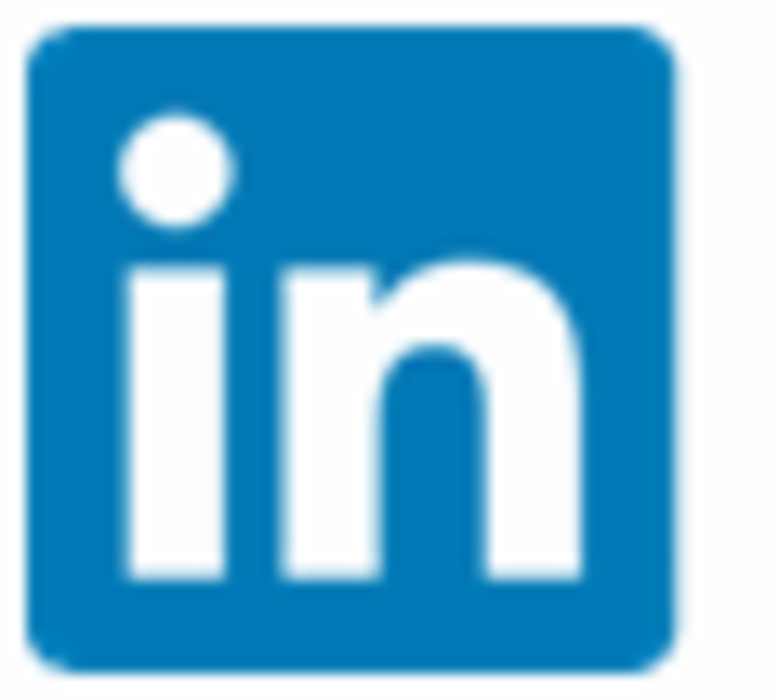LinkedIn is defined as a “socially oriented business service,” where people post their resumes and companies look for hiring prospects. But it can be more than that.
Earlier this month, LinkedIn announced a its Linked Account Targeting program, where marketers can sift LinkedIn’s data base to find the right people to pitch to in business-to-business marketing. The service is aimed at “marketers who know exactly who their customer or customer prospects are,” said Lindsey Edwards, senior product manager at LinkedIn.
Knowing when to pitch can be tricky. “You have to reach companies when they are ready to make a decision,” Edwards said. Marketers have to be alert for incoming signals, like a spike in visits to their web sites as potential buyers seek information, Edwards pointed out as an example. At that point, a marketer can turn to LinkedIn to craft a targeted campaign aimed at the company pages listed by membership. LinkedIn will run the marketer’s list against its own database to develop a list of prospective customers, which can be further refined by narrower searches, Edwards explained.
Linked Account Targeting now automates outreach. Prior to this service, users could share information with up to 100 companies, but the process to do this was manual, making large campaigns impossible. With the new service, a client can run campaigns reaching up to 30,000 company pages. The ultimate goal is to get the right ad in front of the person who is making the “buy” decision for his company. Making the pitch can be a bit delicate. LinkedIn does not rely on popup ads. Instead, the ad has to be blended into the news feed that appears on the prospect’s LinkedIn page. Or the pitch can be made via InMail, LinkedIn’s members-only e-mail service.
“We try to be careful in our approach to data,” Edwards said. “We make sure we are being sensitive to the professional who is investing time in Linkedin.” With that in mind, Account Targeting will screen aggregate profile data, companies prospects work for, job titles, time span of employment, job changes, skill sets–in short, all the information available on a public resume, Edwards said.
By screening for job title, Linked Account Services can search against 6.8 million C-level executives and up to 40 million “decision makers”, as well as 61 million senior-level “influencers.” LinkedIn is also aware of the need to avoid “creepiness”—the unwanted familiarity shown by a total stranger. “We talk about these factors a lot. “ Edwards said. “We don’t want an annoying experience.” Names are never connected to searches, which are all done by aggregated characteristics.
After years in operation, LinkedIn is sitting on a lot of data. Currently, it has over 400 million members and over 8 million company pages. LinkedIn Marketing Solutions has reaped $581 million in revenue for 2015. LinkedIn has been slow, but deliberate in how it derives value from its data. In 2009, it began allowing marketers to use InMail to pitch to prospects. Then it allowed sponsored updates to appear on members’ news feeds three years ago.
Currently, Account Targeting will be available at no additional cost to LinkedIn’s current ad rates, Edwards noted. In the future, Edwards would like to see the same service offered for self-use by members, using a credit card to purchase the service directly from LinkedIn.








